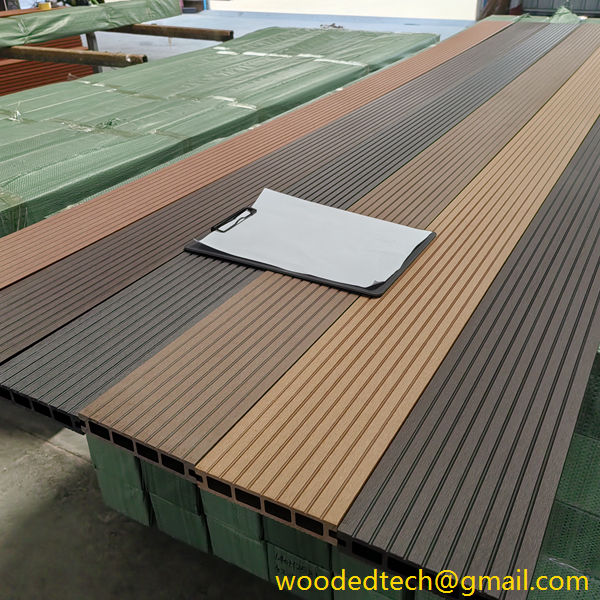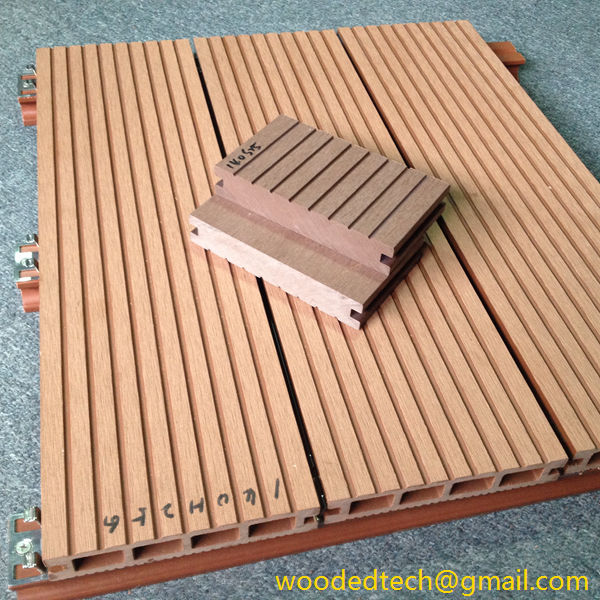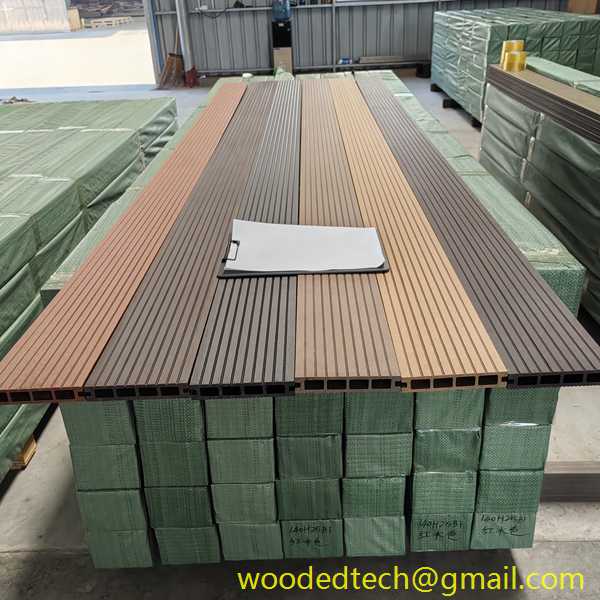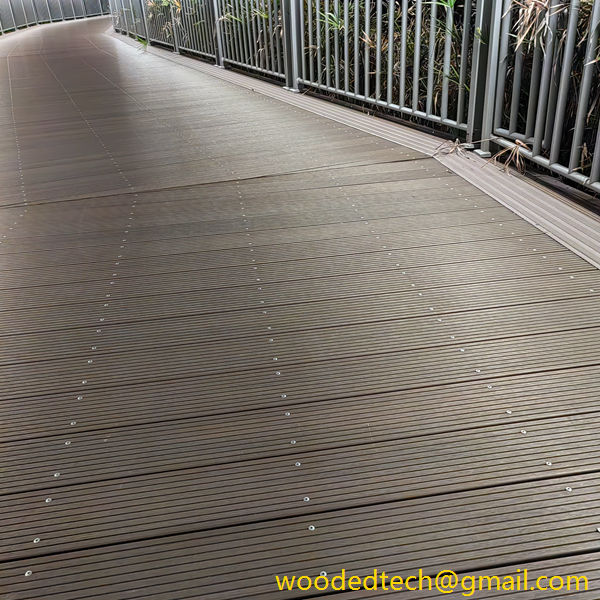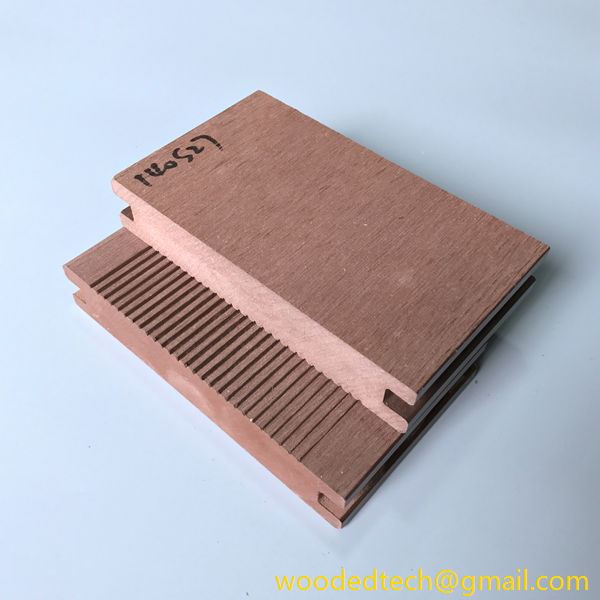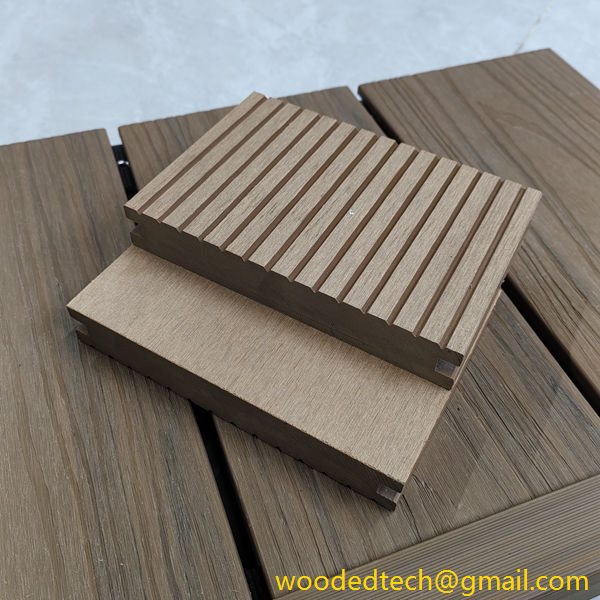Enjoy the Beauty of Wood Grain Composite Decking Boards for Your Outdoor Space
Enjoying the beauty of wood grain composite decking boards for your outdoor space is a decision that combines aesthetic appeal with practical benefits. These boards are engineered to replicate the natural look of wood while providing enhanced durability and longevity. The production process of wood grain composite decking involves several intricate steps that contribute to the final product’s quality and performance.
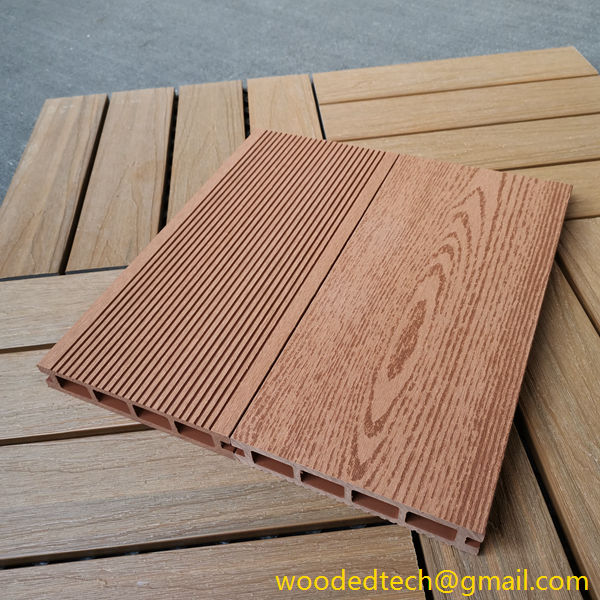
The journey of creating wood grain composite decking begins with the selection of raw materials. Typically, this involves a blend of recycled wood fibers and plastic. The wood fibers are sourced from various byproducts of the lumber industry, such as sawdust and wood shavings, ensuring that the decking is an environmentally friendly choice. The plastic component often includes recycled materials, which further enhances the sustainability of the product. This combination not only reduces waste but also minimizes the reliance on virgin materials, making it a responsible choice for eco-conscious consumers.
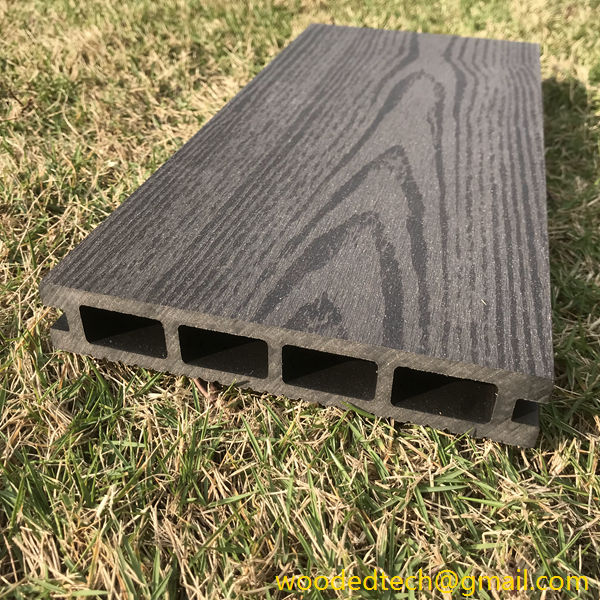
Once the raw materials are gathered, they undergo a meticulous process of grinding and mixing. The wood fibers and plastic are finely ground to achieve a homogenous blend that will ensure uniformity in the final product. This step is crucial as it determines the texture and appearance of the decking boards. The mixture is then combined with additives that enhance properties such as color stability, UV resistance, and mold resistance. These additives play a vital role in ensuring that the composite decking can withstand the elements while maintaining its aesthetic appeal over time.
Following the mixing process, the composite material is subjected to heat and pressure through an extrusion process. This step involves forcing the blended mixture through a specially designed die, which shapes the material into boards. The use of heat not only helps in molding the material but also facilitates the fusion of wood fibers and plastic, resulting in a solid and durable product. The extrusion process allows for the creation of various profiles and finishes, enabling homeowners to choose from a wide range of designs that suit their outdoor space.
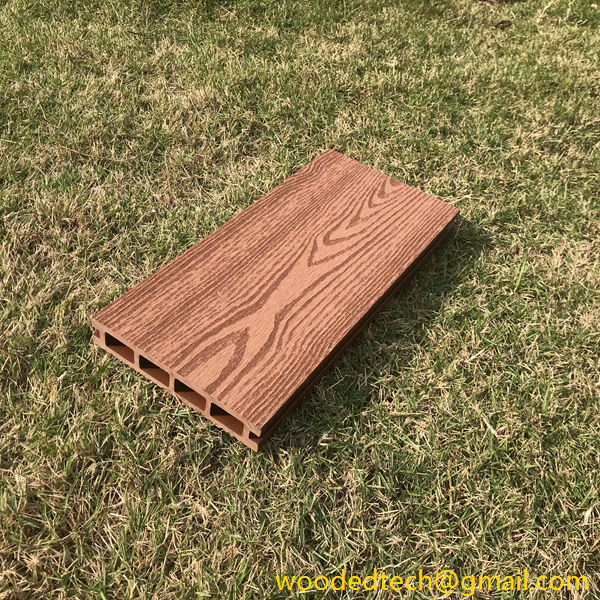
After extrusion, the boards are cooled and cut to size. At this stage, attention to detail is paramount. The cooling process must be carefully controlled to prevent warping or deformation of the boards. Once cooled, the boards are trimmed and inspected for quality assurance. This step ensures that any defects or inconsistencies are identified and addressed before the decking boards reach the market.
The next phase in the production of wood grain composite decking involves the application of a wood grain texture. This is achieved through a process known as embossing. During embossing, the surface of the boards is pressed with patterns that mimic the natural grain of wood. This not only enhances the aesthetic appeal of the decking but also provides a slip-resistant surface, making it safer for outdoor use. The result is a product that beautifully resembles traditional wood while offering superior performance.
Once the embossing is complete, the boards undergo a finishing process. This may include treatments that enhance color and durability, as well as protective coatings that guard against stains and scratches. The finishing touches are essential for ensuring that the decking boards maintain their beauty and functionality over time, even in harsh outdoor conditions.
Finally, the finished wood grain composite decking boards are packaged and prepared for distribution. Manufacturers often provide detailed information about installation and maintenance, helping homeowners make informed decisions about their outdoor spaces. The ease of installation is one of the attractive features of composite decking, as it can often be installed with standard tools and does not require special skills.
In conclusion, the production of wood grain composite decking boards involves a comprehensive process that emphasizes sustainability, durability, and aesthetic appeal. From the careful selection of raw materials to the precise engineering of the final product, each step is designed to create a decking solution that not only enhances outdoor spaces but also stands the test of time. Choosing wood grain composite decking allows homeowners to enjoy the beauty of natural wood without the associated maintenance challenges, making it an excellent choice for any outdoor environment. With its rich textures and colors, this decking option brings a warm and inviting atmosphere to patios, decks, and garden areas, encouraging relaxation and enjoyment in nature.

